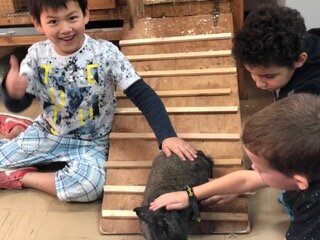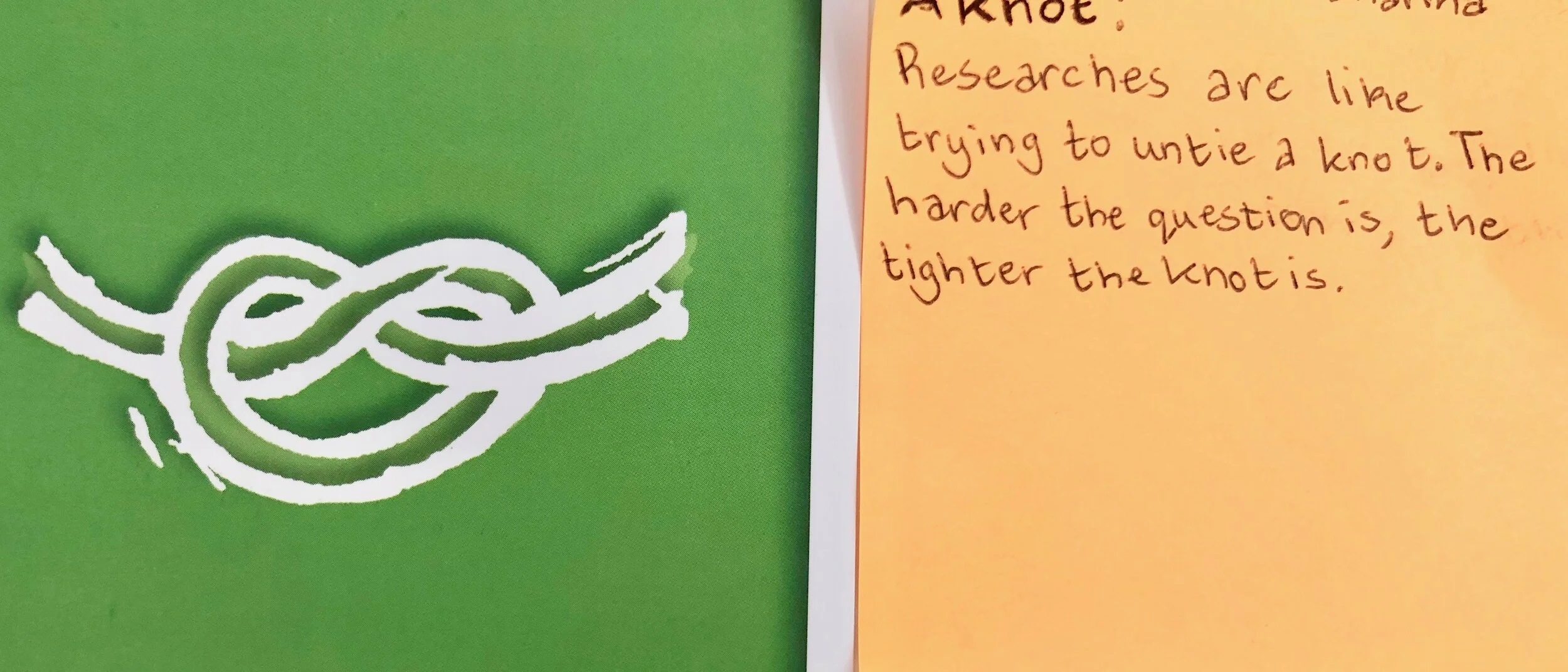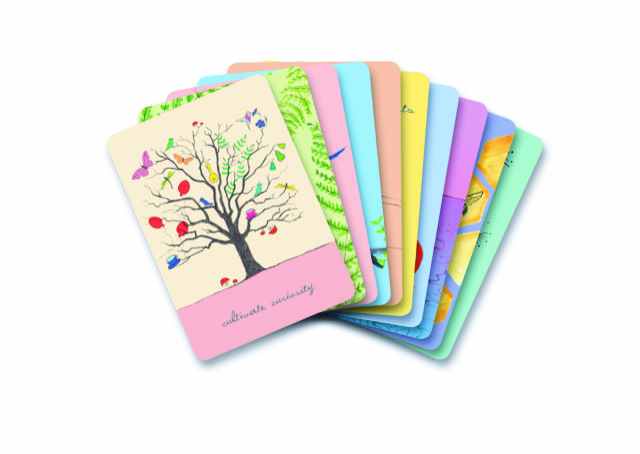I first met Graham at the International School of Manila many years ago and was struck by his thoughtful, reflective disposition. Graham has been ‘inquiring into inquiry’ ever since - working with children in Manila, Japan and now Saudi Arabia. After hearing about the innovative work he has been doing with his young learners, I invited Graham to write a guest post for this blog. A keen documenter of his own learning, Graham shares with us some of the insights he has gained as he works on nurturing agency in is learning community. In particular, insights drawn from the experience of ‘iTime’ which offers young learners opportunities to design inquiries into their interests
From Graham:
Much discussion has taken place in my current, and previous, school about the best place/time for personalised inquiries. Perhaps these discussions are taking place in your school too. Are they necessary? Are personal inquiries using up ‘learning time?’ What do students actually learn? Do the students learn anything? Each year after my first visit to Reggio Emilia and thinking more about the purpose of documentation, I record the story of the class that I work with. The documentation usually reveals a ‘bigger picture’ theme and some unexpected outcomes that challenge assumptions and reveal new possibilities.
I have learned that through listening to the children, valuing and supporting personalised learning, we co-create opportunities for deep, connected understanding. Personalised inquiry helps shine a light simultaneously on the what, the how and the why of learning.
With the children, we built our understanding of what personalized inquiry, or iTime, meant for us. This understanding grew and changed as we gave ourselves opportunities and structures to reflect and notice how, what and why we were learning. What became clear to us is that the benefits of iTime were layered, varied and extensive. ITime played a pivotal role in our class community. For us, iTime was about finding a purpose and exploring it independently or in small groups. Children selected projects guided by some prompting questions that led us to consider our purpose, who we were helping, what skills and dispositions we were developing and what connections we were making to other areas of learning. ITime projects were varied throughout the year. The projects ranged from researching and designing class logos and t-shirts so that we could find each other more easily on field trips, to building a wooden ramp for our rabbit cage in our learning space so the rabbits could get more exercise, to designing and building iPad holders so that we could photograph and video the books we read steadily and have free hands to turn pages and operate the iPad, to making movies of stories that had been recently written.
iTime allowed these young learners to inquire into authentic projects of their choice
The benefits of iTime were, I think, partly a result of the work the children and I did on creating individual schedules for their day. Through observation, reflection, argument, data-collection, discussion and negotiation, they decided on daily schedules that suited their brains and bodies and other relevant considerations. In this context, each child selected a time they would devote to their iTime project.
Nurturing agency by involving learners in designing their day
“With the value and time placed on our iTime, the class community, including the teachers, was able to get to know so much more about each other. Initially, during these times, I was an observer. I was eager to see how the children responded to the proposal of using time to inquire into materials, tools, and projects. Documentation of these sessions was frequent and came in the form of photographs, videos and noting the voices of the children as they interacted with these materials, spaces, peers and tools. Standing back led me to see the children in a different light. Having time to discuss projects and proposals as a community led the children to see themselves and their friends differently too. Connections were made. Inspiration was given and received. Collaborations emerged.
I then began to conference with the children, and it became clearer what their passions were. It became clear what they were curious about building, designing or researching. It was also valuable for us to reflect upon how long projects lasted and how invested the children were in these projects. Noticing and talking about this with the students led us to more discussion about stamina, perseverance, desires, interests and resilience.
“I just do what she (her friend) is doing. I don’t have an idea (for a project) yet.”
“I do a project each day. It is short. I think… I think that if it is longer it could be better. Like his ramp. Mine is okay but not so good.”
These iTime projects were also part of what really helped us become more aware of the interconnectedness of our learning. Having our iTime projects structured and supported with our personal data-collection documents, and our self-documentation planning and reflection sheets was helping the children see how what they were learning in different parts of their day was transferable and applicable in other, new ways. For example, "We needed to measure something for our project and then we were learning about measuring in our math and we could measure so much to make our iTime project." We then looked together at our mathematics standards to see how this was connected and realized that what we were learning about was what the standards wanted us to understand. We continued to find out more about measuring through exploration of measurement tools and through applying what we were finding out to the project that prompted the initial inquiry. Interest was sparked and soon others were eager to find out more about measurement.
Planning, documenting and reflecting on personal inquiries is key - individual and small group investigations are the perfect opportunity to highlight the ‘how ‘as well as the ‘what’ of learning.
One concern I had initially about how this whole experience would turn out was that it would perpetuate the idea that learning needs to be segmented into discipline-specific times. On reflection, the opposite may be true. Having our iTime projects play such a huge role in the class and placing such high value on that time has given us reason to notice and act upon the connections that exist and are emerging.
Providing regular opportunities for young learners to explore their interests and passions has been a vital part of our learning community. For others considering something like this with their students, I offer a few suggestions that have arisen from my own learning:
Listening: Step back and observe what children’s words and actions are telling you they need. This can be prompted by questions about how, when and why we learn best as a part of inquiring into learning itself. Listening can also help us avoid assumptions and learn more about prior knowledge and experiences of our learners.
Documenting: Record what is happening in the space. Notice as patterns and themes emerge. What are they telling us about the learning? How are they influencing the next steps? What are they telling us that children need from us? What is surprising? What did we not expect? How are our assumptions being challenged?
Valuing personal inquiry equally: To paraphrase Ron Ritchart, what we value is what becomes valued by those around us. Our iTime became an equally valued part of the day alongside mathematical learning, reading and writing. We had mini-lessons, conferences, reflections and goal-setting, just as we did with other areas of our learning - reassuring for me as a teacher as I do this for other disciplines every day.
Building routine and structure: Contrary to some misconceptions about inquiry/agency-based learning, this is an important factor. Creating structures together that offer visible reflection, data collection and connection making opportunities helps us reflect, notice, wonder and move to next steps.
Sharing the focus between the how, the what and the why: As well as reflecting on and celebrating the content (new technical skills, knowledge, conceptual understandings) - place an equal spotlight on the learning assets (skills and dispositions), and the reason for the learning. This provides students with the reason to reflect and with increased ownership over decisions made about learning. Guy Claxton’s ‘Split Screen’ learning intention and reflection technique is a helpful way to make this happen.
Helping make new learning and connections visible: Help learners notice how all areas of their learning are connected. Use reflection and visibility tools to notice and help make connections visible and clear.
Trusting and becoming comfortable with different types of learning happening simultaneously: Trust that your systems for documentation and conferencing will ensure that you are regularly in conversation with students about purpose, goals and next steps. Trust that the reflection systems, thinking routines and planning structures in place will help the students dig deeper in an independent and purposeful manner.
Valuing ALL mistakes: It is something we all say, but occasionally we only value the types of mistakes that we are comfortable with. Reflecting on, for example, how little balance a student is in their learning decisions, can lead to deep and thoughtful dialogue about the decision-making process, responsibility, accountability and so much more.
Using common language: Building a shared understanding of important vocabulary helps us to understand, question and share coherently in relation to our projects.







